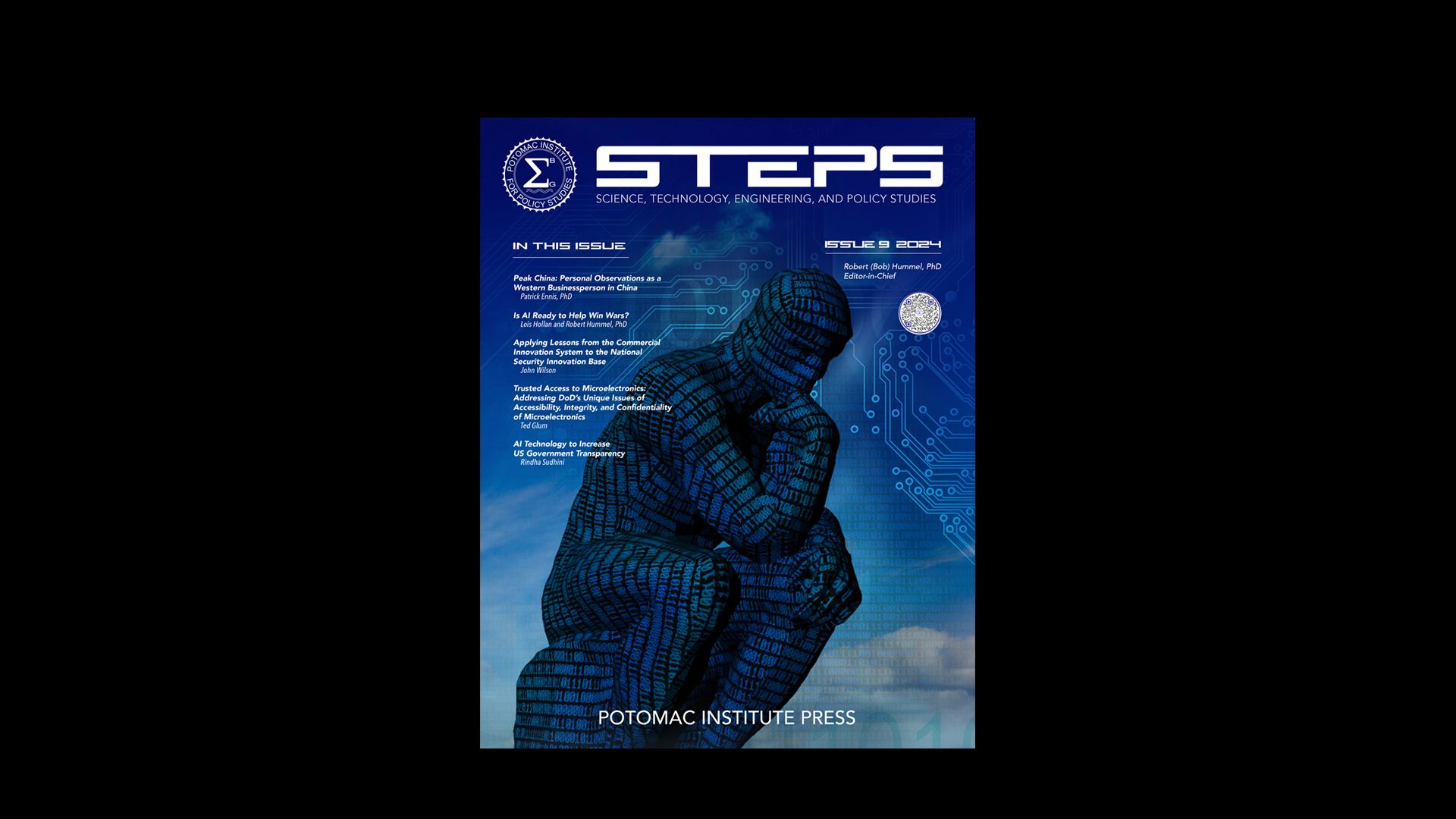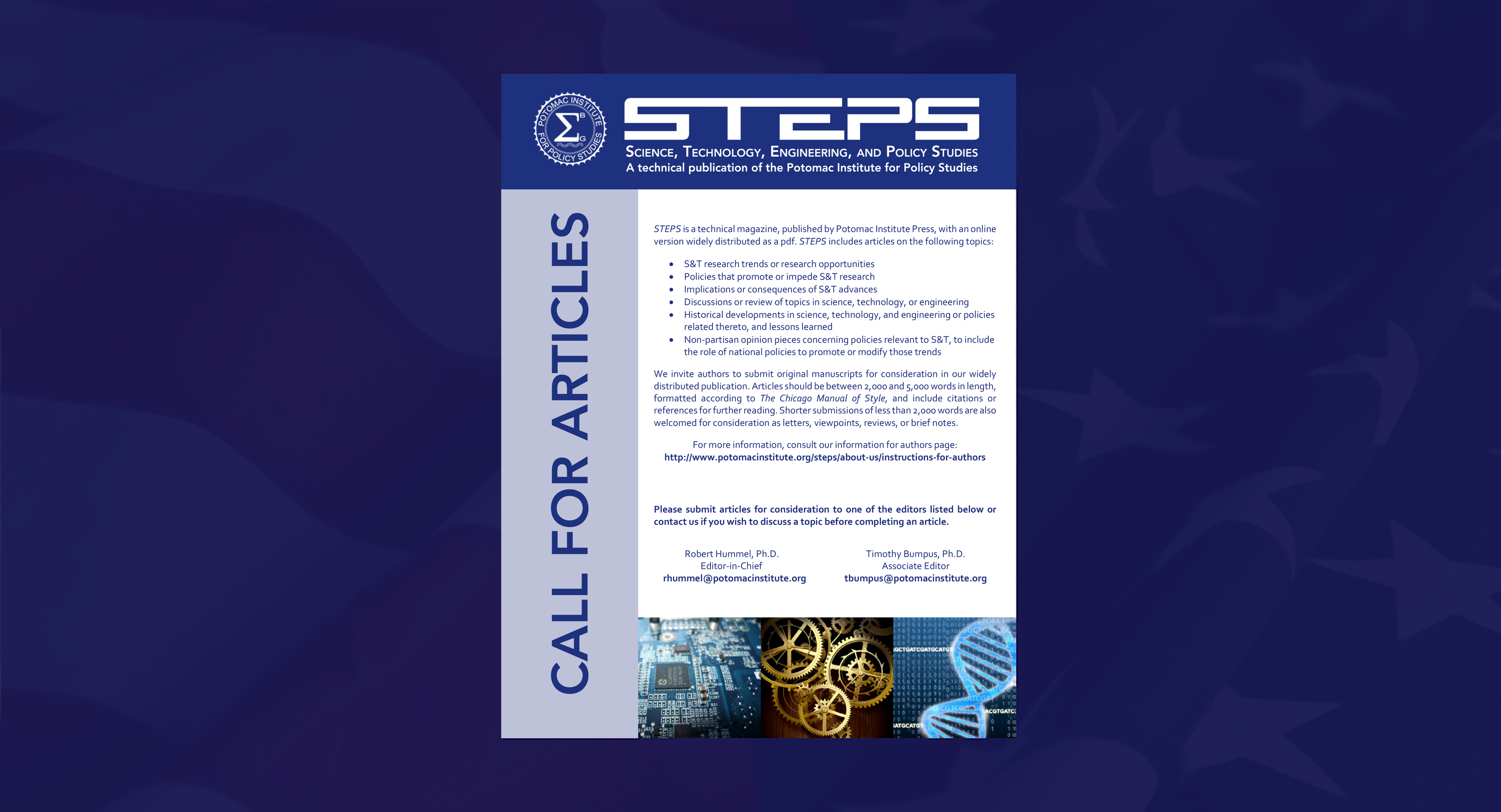By Kathryn Ziden
The Tsarnaev brothers, who carried out the 2013 Boston Marathon bombings, built their pressure cooker bombs using instructions found in al Qaeda’s English-language, online magazine Inspire. In the same 2010 issue of Inspire, it states, “For those mujahid brothers with degrees in microbiology or chemistry lays the greatest opportunity and responsibility. For such brothers, we encourage them to develop a weapon of mass destruction.” Although the bombs that were detonated and discovered in New York and New Jersey this past weekend were also pressure cooker bombs, what if it had been a bio-engineered, deadly pathogen? New, inexpensive and readily available gene-editing techniques could provide an easy way for terrorists to stage bioterrorist attacks.
CRISPR (Clustered Regularly Interspaced Short Palindromic Repeats) is a novel gene-editing technique that has the potential to do everything from ending diseases like cystic fibrosis and muscular dystrophy to curing cancer. CRISPR also has the power to both bring back extinct species and cause living species to go extinct. There is hot debate currently within the scientific and policy communities about the ethical ramifications of this powerful tool and how it should be regulated. However, there is almost no discussion within these communities of the security risks that CRISPR poses, or the scary scenarios that could result from unintended consequences or its misuse.
The Office of the Director of National Intelligence’s “Worldwide Threat Assessment” listed gene-editing techniques like CRISPR on its list of weapons of mass destruction for the first time in 2016. Here, we list some actors that could use CRISPR to create a bioweapon.
Non-state actors: Terrorism specialists have warned that obtaining a biological weapon is much easier than obtaining a nuclear or chemical weapon, given the relative ease by which components can be purchased and developed. Terror groups intent on developing biological weapons could use existing members’ skills, or send recruits to receive adequate education in the biological sciences, similar to al Qaeda’s method of sending attackers to train in U.S. flight schools prior to 9/11.
Rogue scientists: Disgruntled or mentally ill scientists could easily use CRISPR to mount an attack, similar to the 2001 anthrax attacks. However, unlike other deadly pathogens, CRISPR is widely available and requires no security clearance or mental health screening for access.
Do-it-yourself biohackers: Do-it-yourself (DIY) scientist movements are growing across the country. DIY centers now offer CRISPR-specific classes and DIY CRISPR kits are inexpensive and widely available for sale online for amateur scientists working out of their basements. Some websites sell in vivo, injection-ready CRISPR kits for creating transgenic rats (rats included), and directly advertise to “full service” and “DIY” users.
Religious groups: The first and single largest bioterrorist attack in the U.S. was perpetrated by followers of an Indian mystical leader, infecting 751 people with salmonella bacteria in 1984. In 1993, the doomsday cult Aum Shinrikyo attempted an anthrax attack in Tokyo, but mistakenly used a non-virulent strain.
Foreign governments: The development of bioweapons is banned under the 1975 Biological and Toxin Weapons Convention; however many countries, including China, Russia and Pakistan are widely believed to have bioweapons programs. Each of these countries are also actively using CRISPR in scientific research.
The large, potential impacts of gene-editing techniques combined with the low barriers to obtaining the technology make it ripe for unintended and intended misuse. In order to address the security challenges of this emerging technology, all stakeholders need to act.
The scientific community can add value by:
Shifting their focus from ethical concerns to security concerns, or at least give security concerns equal footing in their discussions.
Engaging with the intelligence and policy communities to identify real-world scenarios that could be actualized by the actors discussed above.
Regulatory bodies can counter the risks poses by the unintended use or potential misuse of gene-editing techniques by:
Designating all precision gene-editing enzyme systems as controlled substances, similar to radioactive isotopes or illicit drug precursors used in research laboratories, and putting use-verification and accounting procedures into place.
Registering, licensing and certifying all laboratory-based and DIY users of CRISPR. Gene-editing technology users could also be required to undergo National Agency Check with Inquiries background investigations.
The intelligence community can lead the efforts of countering more serious, bioterrorism threats by:
Tracking all gene-editing kits or other system-specific plasmids or components, including materials already purchased during the current pre-regulation timeframe.
Tracking all users of gene-editing technologies, specifically looking for rogue or DIY users who fail to register, individuals actively seeking to buy kits through the black market, or individuals searching for CRISPR instructions or other relevant information online.
These recommendations are just some of the actions that could be taken to minimize risks of gene-editing technologies. CRISPR is a powerful technology that is capable of creating a gene drive that can result in mass sterilization and extinction. If it can be used to kill off a species of mosquito, then it can be used to kill off the human race. It is time to think of these gene-editing techniques in terms of an existential threat.

















